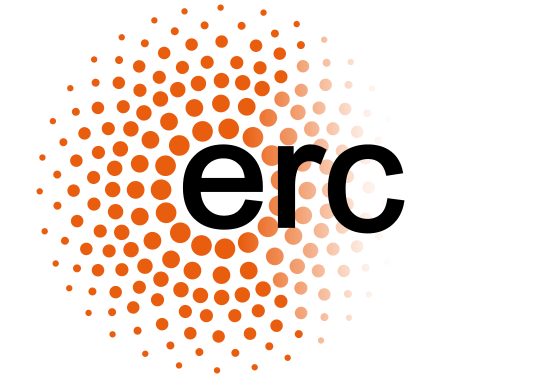FIAMMA: Fully Integrating Atomistic Modeling with Machine Learning
A combined approach to enhancing modelling of material properties
Machine learning enhances material predictive modelling, reducing the time it takes to investigate the physical, chemical and mechanical properties of materials from years to months. However, current machine learning simulations cannot sufficiently address modern modelling challenges that involve complex materials in realistic conditions. Interdisciplinary research that spans machine learning, quantum mechanical and statistical mechanical methods could help further develop the potential of machine learning. The goal of the EU-funded FIAMMA project is to create a “plug-and-play” framework that allows machine learning to be seamlessly combined with physics-based modelling. The integration of the three approaches should greatly extend the reach of atomistic simulations, allowing accurate insights into the role of inductive and deductive paradigms in theory and modelling.
Objective
Computer simulations of molecules and materials are undergoing a profound transformation. Machine learning (ML) has become essential to extend the reach and increase the predictive power of atomic-scale modeling. The potential of ML in association with quantum mechanical (QM) and statistical mechanical (SM) methods has been shown, but the link has been rather superficial, due to the complex, interdisciplinary effort needed to combine the three approaches. Without full convergence, ML-powered simulations cannot address modern modeling challenges, which involve complex materials in realistic conditions, and require increasingly predictive accuracy.
The objective of this project is to create a “plug and play” framework by which ML can be seamlessly combined with physics-based modeling, substituting individual steps of a QM calculation, or making direct predictions across complex SM workflows. Full integration of the three approaches will greatly extend the reach of atomistic simulations, and allow an insightful critical comparison of the role of inductive and deductive paradigms in theory and modeling. The development of an open-source software that unifies QM, SM and ML shall facilitate early adoption and broaden impact. We will demonstrate the benefits of our integrated framework through two challenging and compelling platform problems: (i) investigating stabilities and properties of flexible drug-like molecules and assemblies, and (ii) discovering fundamental structure-activity relationships of porous aluminosilicates for clean chemical technologies.
Critical knowledge gaps that will be filled include: (1) the description of long-range physics within the same conceptual framework that has been used for short-range interactions; (2) the symmetry-adapted representation of input and outputs of each step of a QM calculation; and (3) the rigorous characterization of SM ensembles to enable end-to-end predictions of equilibrium properties with uncertainty quantification.
